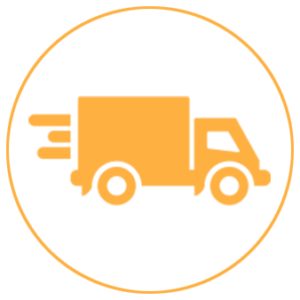##Sector Analysis##
### #Current Market Valuation#
The European automotive parts sector currently generates over €350 billion annually, experiencing a compound annual decrease of 4% since 2019[2][9]. This contraction contrasts with 130,000+ available SKUs maintained by major distributors like Euro Car Parts[1][7][15]. Workforce metrics indicate 2 million employees sustain operations across manufacturing and distribution channels[2][9]. https://carparteu.com/
### #Electrification Impact#
Accelerated adoption of plug-in electric cars drives double-digit increases in power electronics demand, offsetting declining legacy system components[2][5]. The EU’s 2035 combustion engine ban threatens quarterly market shrinkage for traditional drivetrain suppliers[2][5].
##Regulatory Framework##
### #Type Approval Mandates#
EU Directive 2007/46/EC enforces whole-vehicle homologation through e-Mark approvals covering 150+ technical regulations[3][10][14]. TÜV SÜD testing facilities validate crash safety metrics using R156 software update protocols[14][10].
### #Aftermarket Liberalization#
The 2024 EU Design Regulation dismantles manufacturer exclusivity for headlamps, generating projected consumer cost reductions through third-party supplier competition[5]. Transition periods vary: immediate implementation across member states based on prior regulatory frameworks[5].
##Distribution Networks##
### #Key Market Players#
FEBEST dominate cross-border logistics with 500,000+ SKUs across 28 EU markets, leveraging in-house fleets for hourly workshop replenishment[4][8][11][13]. EUROPART specialize in commercial vehicle components, maintaining €200M inventories[12][13].
### #Quality Assurance Protocols#
E-Mark certification ensure component interoperability through ISO/IEC 17025 testing of brake fluid formulations[6][14]. GSF Car Parts enforce VIN validation on aftermarket alternators[1][15].
##Technological Disruption##
### #E-Commerce Transformation#
Platforms like EUROPART EWOS utilize VIN decoders achieving 5 million monthly queries, integrated with IoT inventory systems[8][12][15]. SPEurope deploy 3D parts visualization across 15,400 article databases[4][11].
### #3D Printing Adoption#
Aftermarket suppliers pilot digital warehousing for vintage vehicle parts, reducing lead times by nearly half through distributed manufacturing networks[9][13].
##Strategic Challenges##
### #Margin Compression#
Intensifying competition from Eastern European manufacturers forces 17% price reductions among German suppliers[9][10]. GSF counter with 190+ pickup points offering 30-minute fulfillment[1][15].
### #Workforce Gaps#
The automotive mechatronics transition creates critical technician shortages, prompting upskilling partnerships with FE colleges[12][15].
##Future Projections##
### #Sustainable Practices#
Upcycled components target €22B valuation through carbon credit trading[5][9]. Battery recycling plants centers emerge near urban hubs[2][14].
### #ADAS Adaptation#
LiDAR calibration kits require ISO 26262 updates, driving OEM-Tier 1 collaborations across Stuttgart[10][14].
##Conclusion#
#The EU automotive parts sector maneuvers through unprecedented transformation from right-to-repair policies. Market survivors will balance compliance rigor with digital agility. As 2035 deadlines approach, strategic pivots toward EV service ecosystems separate consolidators from obsolete operators[2][5][9][14].#
